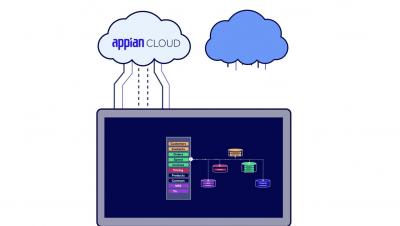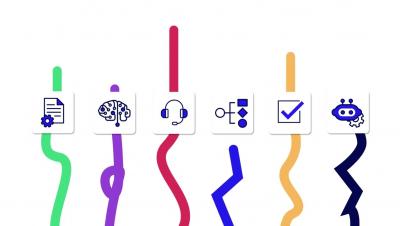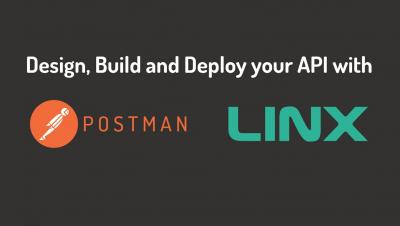Systems | Development | Analytics | API | Testing
Low Code
Don't Use RPA Alone - Build Better Automations Using the Right Technologies
Expanding Functionality: Using the new Return function
Developing applications in Linx follows common programming paradigms. This means that it will use variables, loops and if statements in a similar fashion to a traditional programming language. With this in mind, a recent update (6.4.1) introduced the Return function. The Return function is the new standard for returning values to the result of a function or to exit a function at any point. This post will go over what the Return function does and how it can be used.
4 Benefits of Using Process Mining in Finance
Banks and financial institutions are highly regulated, where any noncompliance with strict rules and regulations can lead to heavy fines. Add to that skyrocketing customer expectations and it’s easy to see why finance is so competitive. Success in this environment requires accountability, coupled with process efficiency and the ability to optimize for continuous improvement. How do you get there? Process mining in finance is quickly becoming integral to success.
Step-by-step Guide: Build and host an API
This guide will take you through the steps to build and host an API using Linx. It will cover building a straightforward API to retrieve product data. You will be provided with the data, instructions for what tools to use, relevant scripts and all steps to get the API live. It will take about 20 to 30 minutes to complete all steps.
Options Clearing Corporation: Risk Management Transformation
API from Design to Production in less than 30 minutes
Appian and KPMG Webinar - Third-Party Risk Management (TPRM)
A 2-Step Guide to Help CSP's Bridge the Digital Divide
Is it enough? The data we consume in our homes and businesses continues to grow at a blistering pace. Internet of Things (IoT) device connections are also increasing exponentially, with the average number of devices per connected home more than doubling just over the past couple of years. To address all of this growth, service providers are continuously expanding their fiber to the premise (FTTP) and hybrid fiber-coax (HFC) footprint.
Why Process Modeling Is Better with Low-Code
Processes are the heart of every organization and every workflow. But if yours are a bit of a mess, you’re not alone. Businesses everywhere are struggling with inefficiency and just can’t seem to digitize workflows fast enough. And when they do, it’s hard to tell if they've even improved the problems they set out to solve in the first place. . . or just created more chaos.









